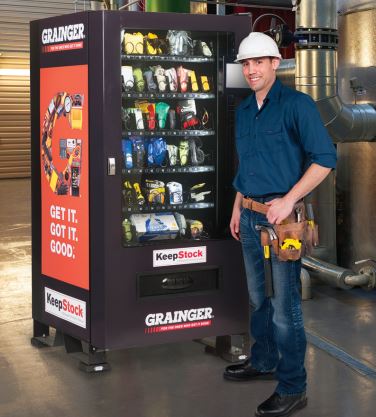
Grainger (GWW) has seen its stock price slide by more than 20% since early February, catching the attention of many value-focused dividend growth investors.
After all, it’s rare to see such a high quality business tumble so quickly, and one of the most effective habits of dividend investing is to let market volatility work for you.
With 45 consecutive years of dividend increases, Grainger is particularly notable because it is one of the dividend aristocrats. You can learn more about all of the aristocrats here.
Despite Grainger’s impressive long-term track record, the company’s past success doesn’t necessarily mean the future will be just as bright.
That could be especially true if Amazon (AMZN) increasingly threatens Grainger’s business economics.
Let’s take a closer look at Grainger, the risks posed by Amazon, and whether or not the dip could be a buying opportunity for long-term dividend growth investors.
Business Overview
Grainger’s roots can be traced back to the late 1920s, and the company is now the largest distributor of maintenance, repair, and operating (MRO) products such as motors, lab supplies, power transmission, test instruments, outdoor equipment, safety products, power tools, and janitorial supplies.
Nearly 5,000 manufacturers supply Grainger with a broad offering of more than 4 million commercial and industrial products, which are made available to customers through Grainger’s branches and distribution centers.
The average customer invoice for Grainger’s products is about $250, and customers place orders over the phone, at local branches, online, and using mobile devices. Over 70% of the company’s sales are made to large customers.
Grainger serves customers across a number of markets, including heavy manufacturing (18% of 2015 sales), commercial (14%), government (13%), light manufacturing (11%), contractor (10%), transportation (6%), and retail/wholesale (6%).
The company’s customers essentially depend on Grainger to help them manage their inventory more efficiently and keep their businesses up and running. With an integrated supply chain, substantial purchasing power, strategically located distributions, and even on-site vending machines for convenience, Grainger has been an extremely reliable partner for decades.

Source: Grainger Fact Book
Investors can learn more about some of Grainger’s competitive advantages in my original thesis here.















